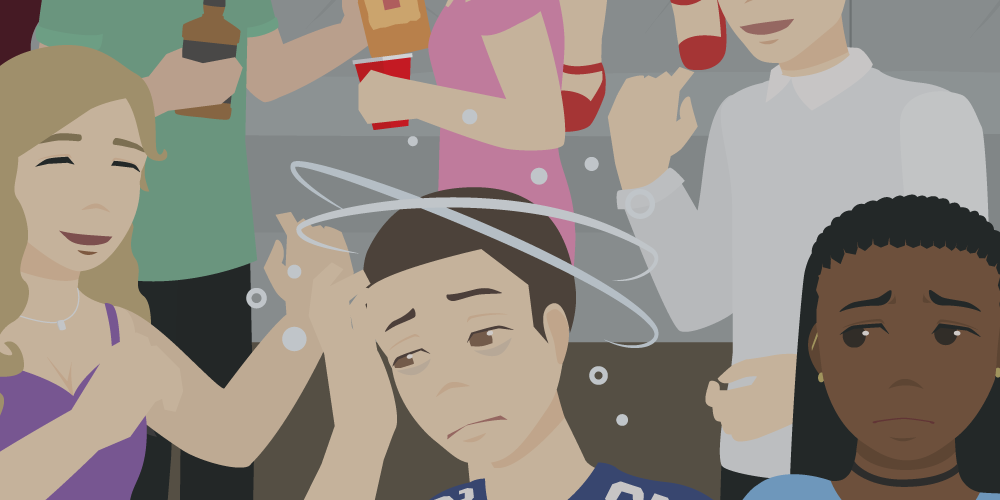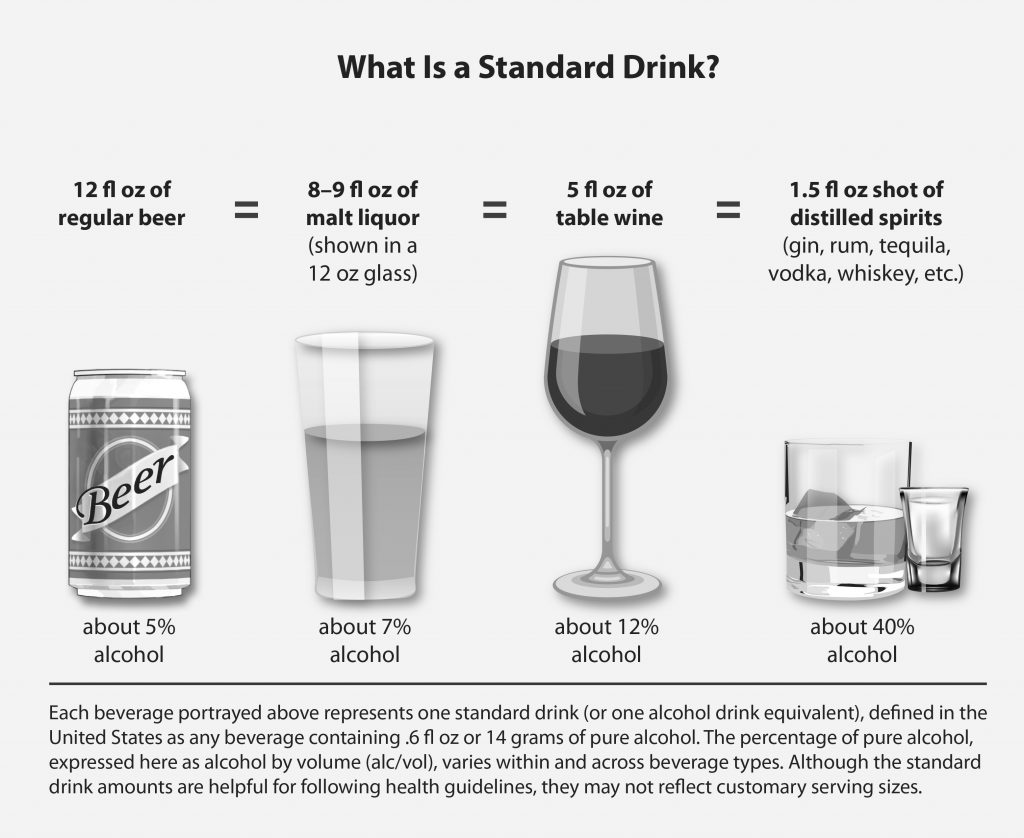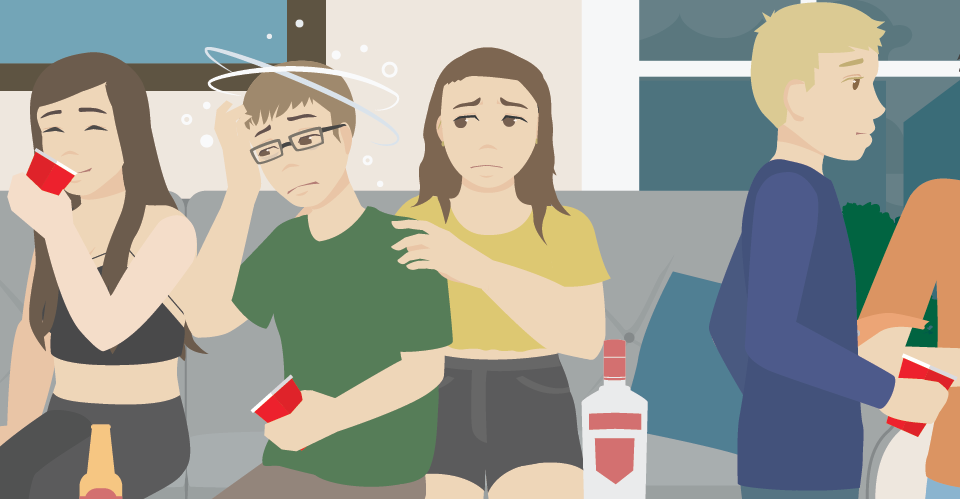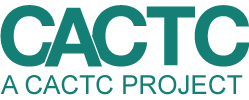What does binge drinking mean to you? Maybe it’s drinking to the point of being “intoxicated.” Maybe it’s drinking everyday Thursday-Sunday. Or maybe it’s sipping beers from 11 AM to midnight on a Saturday.
Binge drinking is a word we often hear, and use, but many of us might not understand what binge drinking actually is. As parents—it’s important to know that binge drinking can look and mean something very different for your older teens than it does for adults.
While most 11th and 12th graders in Cortland County are not binge drinking (or drinking at all!) educating teens in this age group prior to graduating, and before they may start binge drinking, can arm them with the tools they need to understand what it actually means to binge drink when they enter college or the workforce.
What is the technical definition of binge drinking?
The CDC defines binge drinking in adults as drinking until your blood alcohol concentration (BAC) is at or above 0.08 g/dl. Ok—but how do we actually know when our BAC is at that level?
Here is one way to estimate:
- For women: drinking 4 or more drinks within two hours
- For men: drinking 5 or more drinks within two hours.
I am sure this is familiar to many of us—I remember learning these estimates in health class. However, youth metabolize alcohol differently than adults so these measurements may not be accurate for what your teen should consider binge drinking.
So what is considered binge drinking for teens?
Since it is unethical to conduct studies on BAC for people under 21, researchers have used mathematical models that estimate BAC to determine what binge drinking looks like for youth. One study made the following conclusions:2
- Girls ages 9-17: drinking 3 or more drinks on one occasion
- Boys ages 9-13: drinking 3 or more drinks on one occasion
- Boys 14-15: drinking 4 or more drinks on one occasion
- Boys 16+: drinking 5 or more drinks on one occasion
So the estimates we’ve always been taught actually overestimate what binge drinking for teen girls and boys under age 16 looks like. Make sure your teen knows what binge drinking actually means for teens.

What does one drink actually look like?
Another complicated factor in using the 3/4/5 or more drinks estimate is that what you consider “a drink” may actually be more than “a drink.” This concept is really important for teens to understand—just because they have one solo cup of punch, does not mean necessarily mean they are only having one drink.
In the U.S. the term “standard drink” is used to measure binge drinking. Here are the definitions for standard drink sizes in the U.S:3
- 12 ounces of beer (5% alcohol content—note: hard seltzer typically comes in this serving size too!)
- 8 ounces of malt liquor (7% alcohol content)
- 5 ounces of wine (12% alcohol content)
- 1.5 ounces or “a shot” of liquor (40% alcohol content)

Here are two common situations where a people might be drinking more standard drinks that they think:
- Possible Misconception: 3 craft beers=3 drinks
- Reality: Drinking 3 craft beers could potentially be the equivalent of 6 standard drinks or more (depending on alcohol content).
- Break it Down: Craft beer often has a higher alcohol percentage than other beer (usually 7% or more) and often comes in 16 ounce cans or glasses, not 12 ounce.
- Possible Misconception: 1 mixed drink=1 drink
- Reality: One mixed drink could actually contain multiple standard drinks.
- Break it Down: Unless the person making your drink is using a 1.5 ounce shot glass to measure the amount of liquor, it is impossible to know how many standard drinks you are actually consuming in one mixed drink.
Share these common misconceptions with your teen so they can better understand what is considered binge drinking based on different drink sizes and alcohol percentages—it is not as simple as it seems!
References:
- Binge Drinking. Centers for Disease Control and Prevention. https://www.cdc.gov/alcohol/fact-sheets/binge-drinking.htm
- National Institute on Alcohol and Alcoholism. Alcohol Screening and Brief Intervention for Youth a Practitioner’s Guide. Retrieved from https://www.niaaa.nih.gov/sites/default/files/publications/YouthGuide.pdf
- What is a standard drink? National Institute on Alcohol and Abuse and Alcoholism.https://www.niaaa.nih.gov/alcohols-effects-health/overview-alcohol-consumption/what-standard-drink



